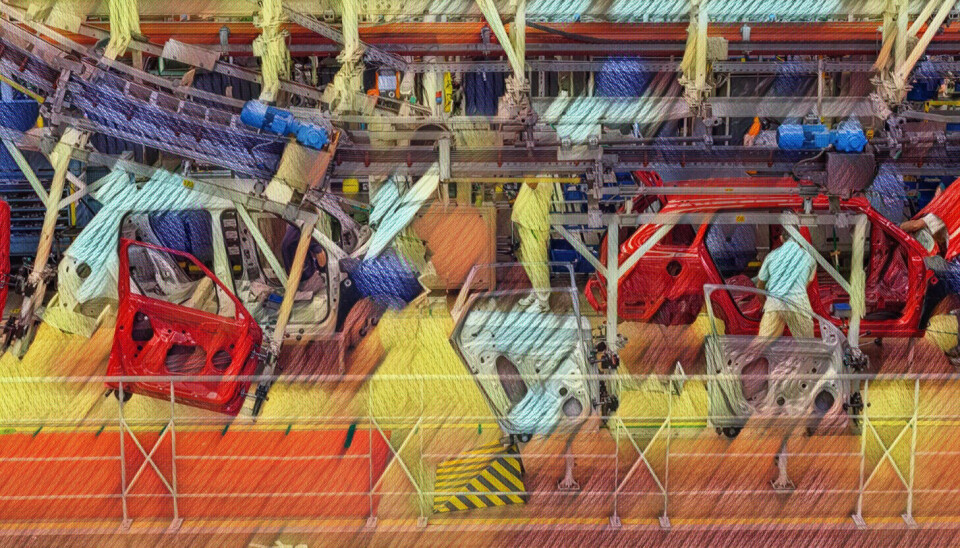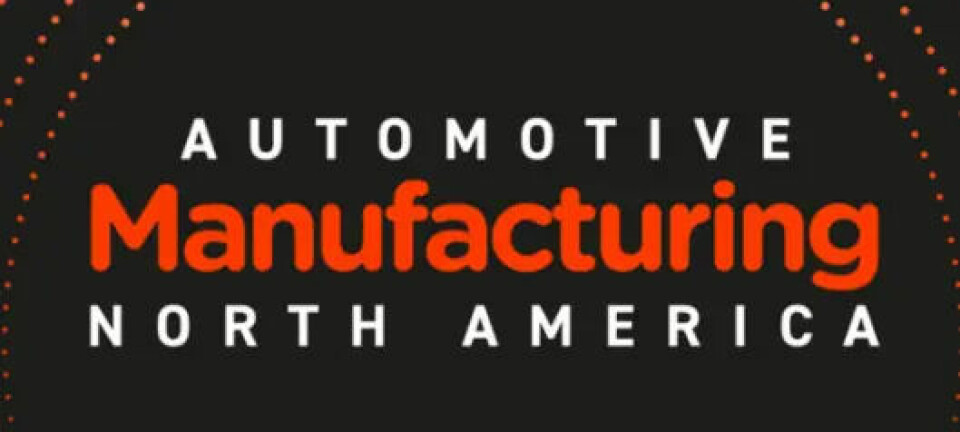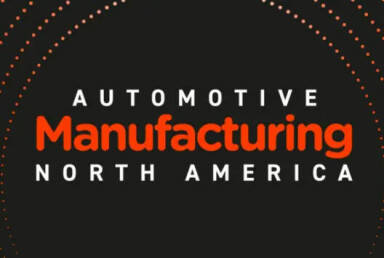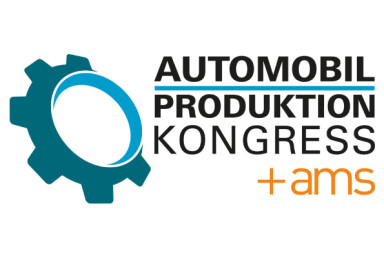Production workforce trends
Automotive industry faces workforce upheaval in 2025, reshapes jobs amid shifting tech

Electric vehicle adoption, automation and shifting trade rules are forcing automakers to rethink workforce strategies as they confront skills shortages and a slowing global economy.
The global automotive sector is navigating one of the most complex transitions in its history. Electrification, digitalisation and geopolitical uncertainty are simultaneously reshaping markets, production systems and the workforce that underpins them. ManpowerGroup’s latest Global Insights report paints a picture of both opportunity and disruption, with employers caught between accelerating technology shifts and mounting skills shortages.
Trade uncertainty stalls hiring
Geopolitics looms large. The report highlights that “91% of auto industry employers say trade uncertainty is impacting future hiring plans.” Tariffs and shifting regulations have raised costs, undermined supply chains and created hesitation in recruitment strategies. In the United States alone, a 25% tariff would add nearly $108bn to automakers’ costs.
The result is cautious workforce planning. According to ManpowerGroup, 45% of employers expect headcount to remain flat in the third quarter of 2025, while 38% anticipate some hiring and 15% foresee cuts. For employers, the key recommendation is to retain skilled staff despite short-term volatility. Workers, meanwhile, are urged to focus on skills development and mentorship to preserve employability amid constant disruption.
In the US, 60% of EV sales in 2024 were hybrids, while in China plug-in hybrids made up 30% of sales
Electric growth slows but persists
Electric vehicles remain the defining trend, yet growth is uneven. Global EV sales rose by 25% in 2024, surpassing 17m units, with China accounting for 11m thanks to continued subsidies. Europe, by contrast, saw sales stagnate in more than half of its markets, and US growth slowed sharply from 40% in 2023 to 10% in 2024.
Despite the slowdown, 2025 is expected to be a milestone year, with EV sales surpassing 20m worldwide. More than one in four cars sold will be electric. This shift will further erode the traditional dominance of internal combustion engine roles, demanding new forms of workforce planning. As the report notes, many workers already feel vulnerable, with “economic instability (34%) and company restructuring (26%)” cited as the top threats to careers.
Hybrid skills for a hybrid era
The transition is not binary. Hybrid vehicles are expanding their market share, while employers are demanding employees who can demonstrate “hybrid skills” that combine technical know-how with interpersonal and cognitive ability. In the US, 60% of EV sales in 2024 were hybrids, while in China plug-in hybrids made up 30% of sales.
These shifts in product strategy are mirrored in employment expectations. Employers say Operations and Logistics (30%), Engineering (24%) and Manufacturing and Production (21%) remain the hardest technical skills to recruit. At the same time, soft skills such as Ethical Judgement, Customer Service and Team Management are seen as irreplaceable by AI, with 29% of employers highlighting their importance. Yet the report also notes a worrying gap: more than half of workers (56%) report receiving no training in the past six months, even as “91% of HR leaders agree building a culture of continuous learning is more important than ever before.”
Automotive industry to be defined by models built on software
General Motors chief executive Mary Barra once remarked, “I have no doubt the automotive industry will change more in the next 10 years than it has in the last 50.” The evidence suggests she is correct, both from a production, as well as a post-production perspective. Software defined vehicles (SDVs), for example, are redefining the business model. By 2030, companies such as GM and Stellantis expect to generate more than $20bn annually from subscription services.
Recurring revenue potential is vast. McKinsey estimates that shared mobility, connectivity and software upgrades could expand new service revenues by 30% to $1.5 trillion by the end of the decade. This is also redefining the labour market. Firms such as Tata Consultancy Services are investing in European IT hubs to accelerate SDV innovation, while Manpower and Experis are positioning themselves as partners to scale global talent pools.
Vehicle production automation and anxiety
If software is reshaping product design, automation is transforming both factories and offices. Two-thirds of automakers expect to increase investments in process automation over the next year. Seventy-four per cent anticipate significant changes in the required skills for manufacturing and IT roles.
This rapid shift is fuelling workforce unease. The report notes that “nearly half of workers in the automotive industry (42%) are concerned advancing technology could replace their role in the next two years.” Retention and change management are cited as pressing challenges, with 37% of employers naming change management as their top workforce issue.
While automation offers productivity and cost advantages, it also risks hollowing out the skill base if not carefully managed. The report stresses the importance of mentoring, yet more than half of workers say they have not engaged with a mentor in the past six months.
Demographics and disengagement
Adding to the pressures of trade and technology are demographic realities. An estimated 10,000 Baby Boomers retire daily in the US alone, with more than 72% of employers fearing this trend will hit their HR strategies. Skills mapping and knowledge transfer programmes are cited as urgent priorities.
Despite these risks, many firms remain passive. A “wait and see” approach dominates, but the report suggests employers willing to take calculated risks may secure top talent before the global economy rebounds. The danger is that worker disengagement grows: 33% of employees expect they may be forced to leave their role within six months, while 39% are already planning to quit voluntarily.
Strategic opportunities for automotive manufacturing
The report identifies several levers for firms to counteract disruption. They include buying low in a weak market to access skilled talent, competing aggressively for software capabilities, capturing institutional knowledge from retiring workers, doubling down on training, easing anxiety through clear communication and sourcing global talent for remote-capable roles.
The automotive workforce is in flux, but the report’s analysis suggests decisive action can still shape outcomes. Those who treat talent as a strategic asset rather than a cost centre are more likely to emerge from the current turbulence stronger. As the industry grapples with slowing EV sales, new digital business models and political uncertainty, its most important resource remains people.












